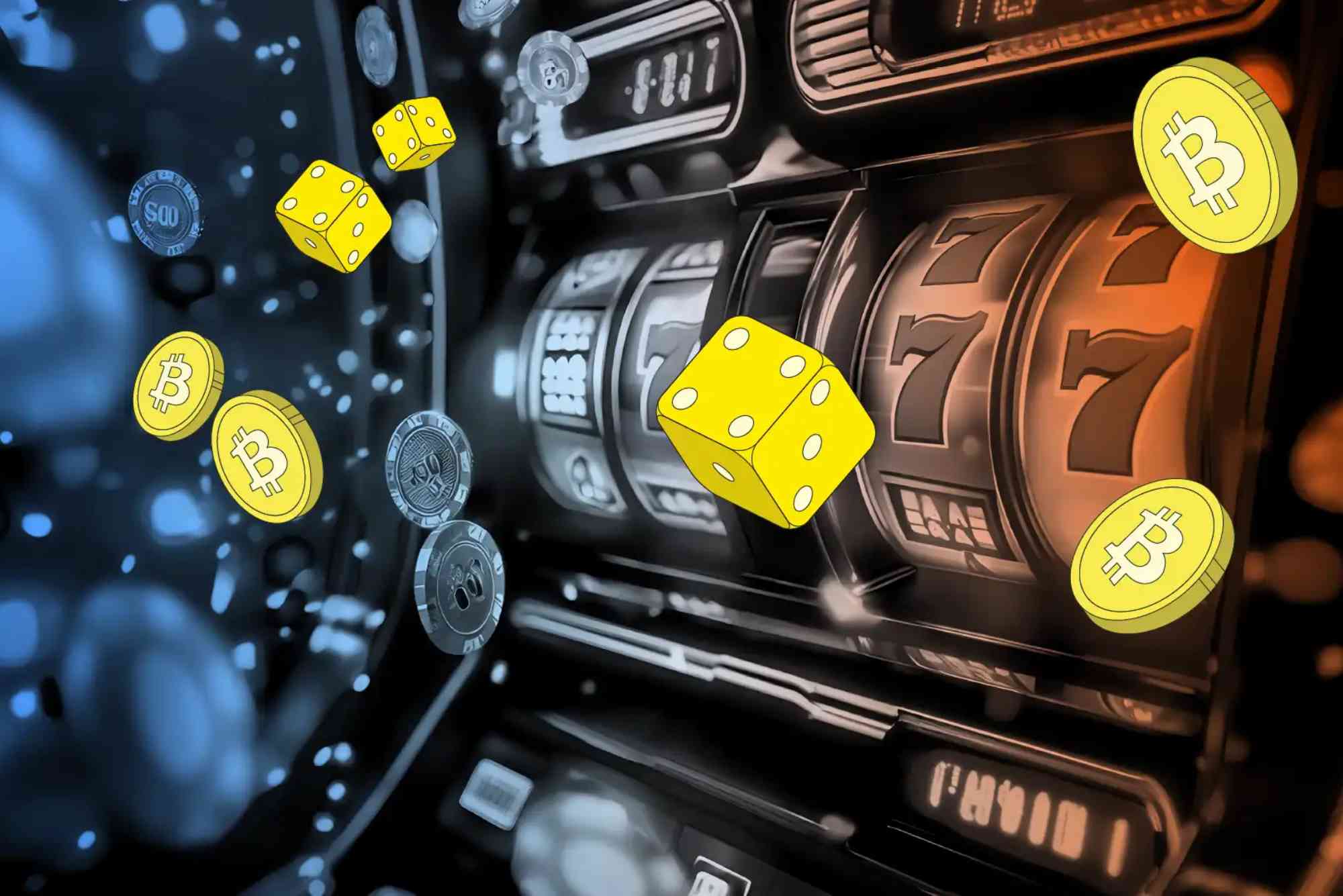In the ever-evolving world of digital entertainment, attention spans are shorter, competition is fiercer, and players expect more than just gameplay—they want experiences. One feature that has quietly become a cornerstone of digital interaction, especially in online gaming and slots, is the use of visual feedback tools. From blinking icons to full-screen animations, these tools have become incredibly popular, not just because they look good, but because they make games feel good.
But what exactly makes visual feedback tools so appealing, and why are they so widely adopted in gaming environments such as non GamStop casinos? Let’s explore the psychology, technology, and design behind their popularity, and how they’ve changed the way we play and engage.
What Makes Visual Feedback So Effective?
Visual feedback tools are essentially responsive graphical cues that react to player input or game events. These include anything from spinning reel animations in a slot machine to flashy “win” graphics when a player earns a reward. But their appeal goes far beyond simple aesthetics. They serve several important functions that deeply influence how players experience games.
First, they provide confirmation. When you click something or perform an action, immediate visual feedback tells you it worked. This is crucial in maintaining user confidence and satisfaction. Whether it’s a button that glows or a reel that vibrates before stopping, it reassures the player that their input is being recognized.
Second, visual feedback delivers anticipation and reward. It doesn’t just tell you what’s happening—it builds up excitement. A slow, suspenseful animation before revealing a prize can turn a small win into a thrilling moment. This emotional connection is what keeps players coming back.
Third, it helps communicate complex mechanics in a simple way. Instead of displaying a page of instructions, a well-designed animation can show exactly what a feature does, guiding the player visually without breaking immersion.
These features are especially embraced by modern game designers who understand that emotional response, clarity, and immersion are key to keeping players engaged.
Why Visual Feedback Tools Thrive in Non GamStop Casinos
The popularity of visual feedback tools is even more pronounced in non GamStop casinos, where international game developers often have more creative freedom. These platforms are not regulated by the UK Gambling Commission, which means they can implement innovative and often more experimental designs without strict constraints.
One great example of creative visual storytelling and presentation can be seen in digital entertainment platforms like Wedding Photography Select, where visual cues and transitions help users navigate galleries, themes, and portfolios. In a similar way, non GamStop casino games use rich animations and dynamic feedback tools to guide players through increasingly complex gameplay systems.
Developers in these environments experiment with visual effects, dynamic lighting, animated characters, and evolving UI elements to make each game feel like a complete experience. This level of visual stimulation keeps players curious and emotionally involved, which in turn increases session time and retention rates.
Additionally, many players who explore non GamStop platforms are seeking something different—games that break away from the traditional mold. The enhanced use of visual feedback gives these games a more engaging, cinematic feel, offering a sense of novelty and immersion that players crave.
The Psychology Behind Popularity
There’s a strong psychological foundation for why visual feedback tools are so effective. They tie into the brain’s reward system. When something positive happens—like a win or progress toward a goal—your brain releases dopamine. Visual and audio cues act as immediate reinforcers of this feeling. This is why even small achievements, when paired with glowing graphics and celebratory animations, feel incredibly satisfying.
Moreover, humans are visual learners. We naturally interpret meaning through visuals faster than through text. A glowing button or flashing icon draws the eye instantly. In slot games, for example, seeing symbols light up and animate helps players instantly recognize that something important has occurred.
These design elements reduce cognitive load. Players don’t need to spend mental energy figuring out what happened; the visuals tell the story for them. This ease of use makes games more accessible, which further expands their appeal.
Visual Feedback in Slot Machines and Online Games
One of the most common and successful uses of visual feedback tools is in online slot machines. When you hit a win, the game doesn’t just silently increase your credits—it celebrates. Symbols flash, reels shake, coins fly across the screen, and cheerful animations play.
These experiences are not accidental. Developers use animation frameworks and feedback libraries that are meticulously tested and refined. They analyze user engagement patterns and tweak visual cues to create a perfect emotional loop—spin, anticipation, win, celebration.
Modern slots often include multiple layers of feedback: immediate (such as reel spins), mid-level (symbol reactions), and high-level (bonus game transitions or jackpot animations). Each of these layers serves to build excitement and satisfaction at different points of the user journey.
On top of that, games increasingly use responsive feedback based on player history. If a player has had several low wins in a row, a dramatic animation for a medium win can feel more impactful and break the perceived monotony. This personalization is subtle but powerful.
Visual Feedback on Mobile Platforms
The popularity of mobile gaming has significantly influenced how visual feedback tools are developed. On a mobile screen, feedback needs to be concise, readable, and tactile. Game designers create tap-based animations, motion cues, and micro-transitions that feel satisfying on touch screens.
Players get used to gestures—such as pulling a reel down with a swipe or watching a button pulse when ready to be tapped. These micro-interactions not only improve the experience but make games feel physically connected to the player’s input.
In mobile-first non GamStop casinos, developers build games with a visual-first approach. Everything from the spin button to the bonus counter is animated to respond to the user’s actions. This makes the gameplay feel fast, immersive, and polished—even on a small device.
Visual Feedback as a Branding Tool
Another reason visual feedback tools are popular is because they contribute to brand identity. Game developers often create signature animations, fonts, or effects that players associate with their titles. These visual cues act as branding markers, building familiarity and trust.
For example, certain slot providers use consistent visual language across all their games, such as sparkly countdown effects or a signature glow around bonus symbols. Over time, players begin to recognize and appreciate these visual styles, much like how a film studio might use a signature cinematic style.
This branding creates a strong emotional connection, encouraging loyalty. Players who enjoy one game with great feedback tools are more likely to try others from the same provider, knowing the experience will feel familiar and rewarding.
Future Trends in Visual Feedback
Looking forward, visual feedback tools will continue to evolve. As technology advances, we can expect to see real-time personalization, adaptive animations, and even AI-generated feedback based on individual play styles.
Virtual reality (VR) and augmented reality (AR) gaming will also push feedback tools to new heights. Imagine spinning a slot reel in VR, where the feedback is not only visual but spatial—symbols flying toward you or the environment changing as you win. These experiences will take the concept of visual feedback from 2D to fully immersive dimensions.
In AI-driven games, feedback could adapt based on how you respond emotionally—becoming more subtle or more dramatic based on your reactions. This next level of feedback will not just support the experience but shape it in real time.
Final Thoughts
Visual feedback tools have become more than just eye candy—they are an integral part of modern game design. They provide clarity, excitement, and emotional payoff in a way that text or numbers alone never could. From the satisfying glow of a win to the thrilling build-up of a bonus round, these tools are what make digital games feel real, rewarding, and worth returning to.
In the world of non GamStop casinos, where developers enjoy creative freedom and players seek fresh experiences, visual feedback tools have become a standout feature. They elevate ordinary moments into memorable events, making every spin, click, or tap a part of a larger, more engaging journey.
As gaming technology continues to advance, visual feedback tools will only grow more intelligent, adaptive, and personalized—ensuring their popularity remains strong well into the future.









